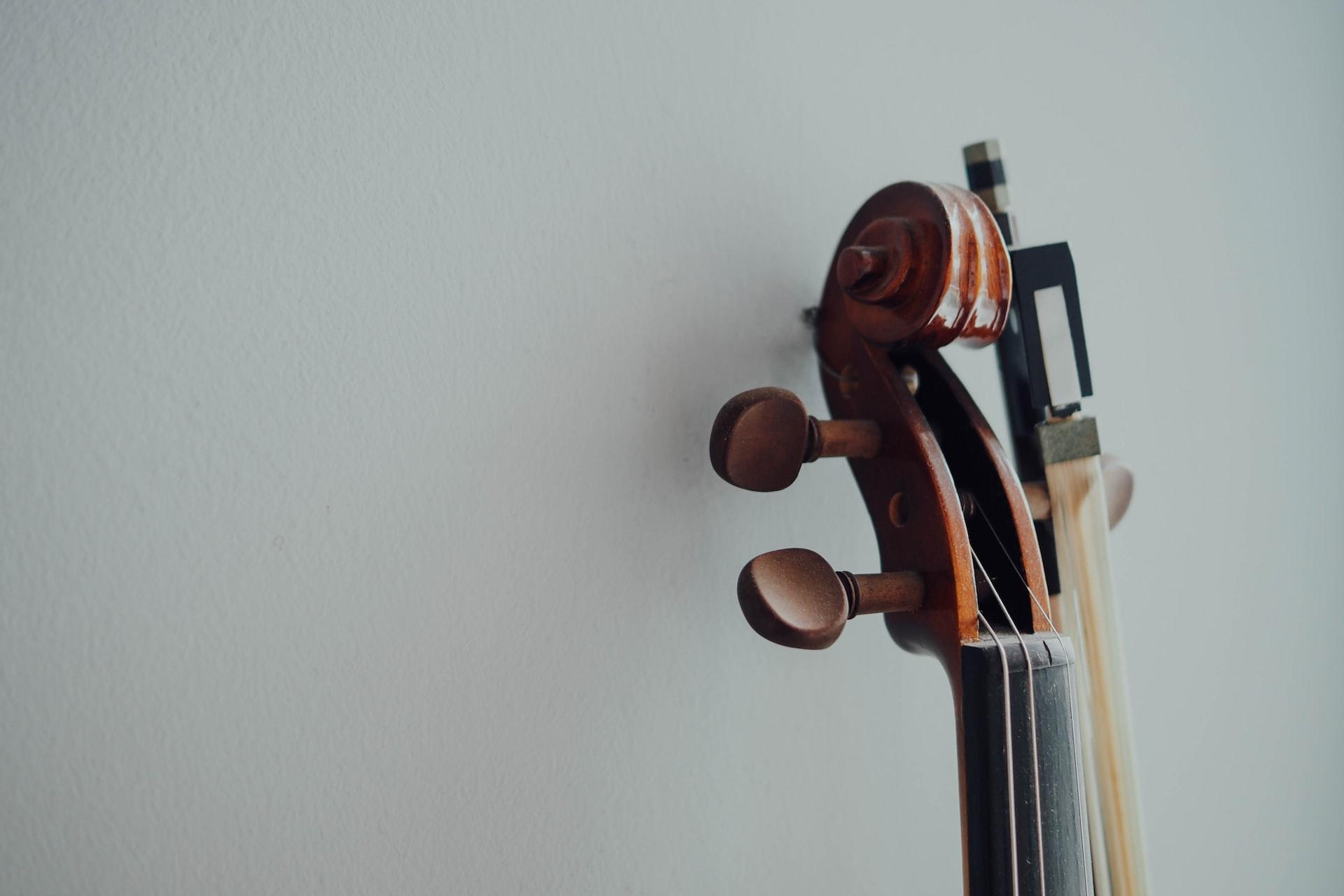Whether you're just starting to play the violin or you've been playing for a while, you may have plans in the future to take an exam. There are a few types of exams out there, but in Australia, two of the most common are from the AMEB and ABRSM awarding bodies.
You might have heard of people referring to a grade at which they play the violin. This is because a lot of violin exams are classified into levels known as “grades” which are numbered from 1 to 8. Both AMEB and ABRSM do it this way, even though their levels aren't exactly the same.
Here we'll look at how those in Australia with an interest in music and playing the violin at a good level can prepare to get the best possible results in their music exams.

What Is a Distinction?
What both awarding bodies do have in common is that they mark students at each grade and when they take their violin exam, they're either awarded the grade or not and they're also given a classification based on how well they did during the assessment.
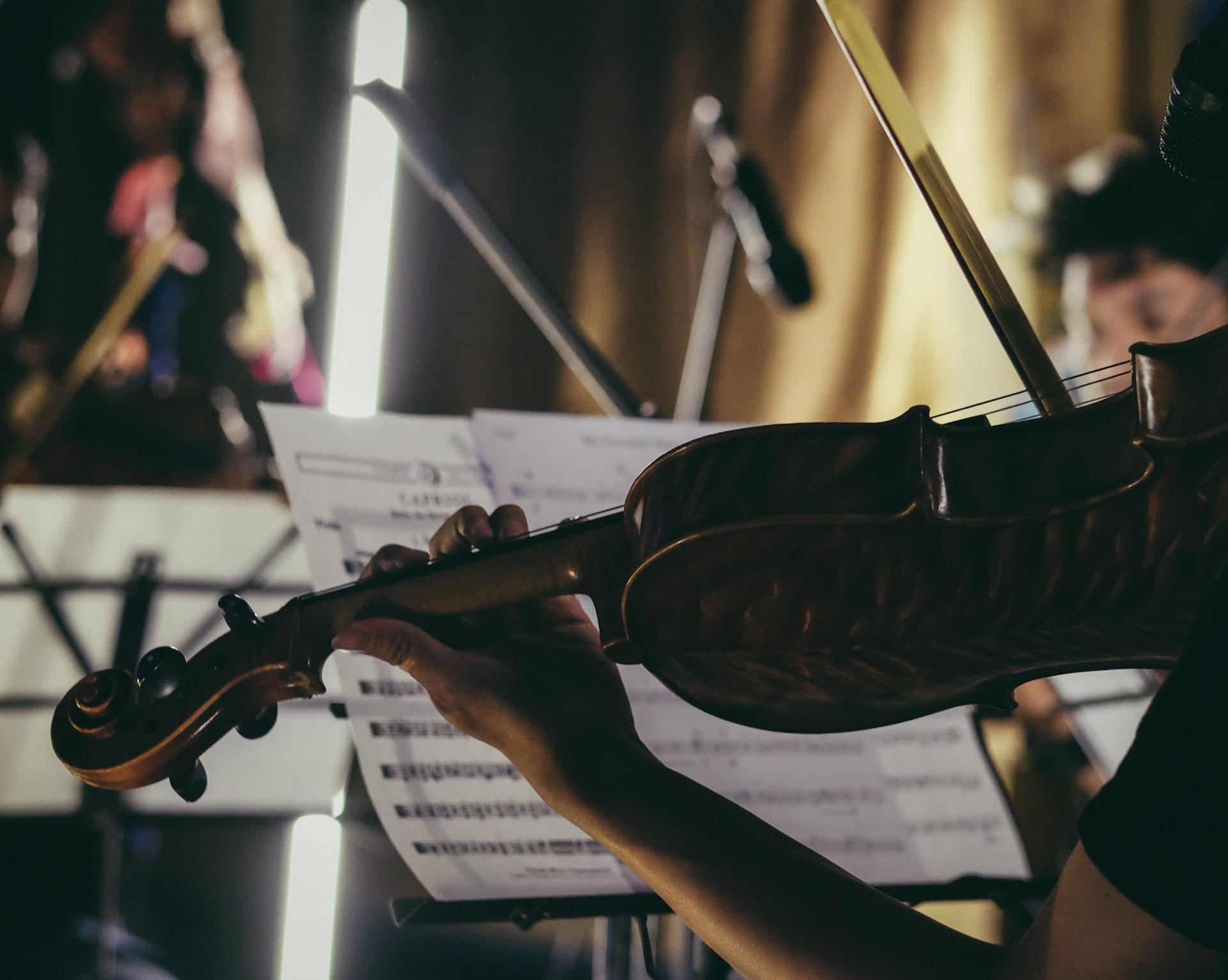
This makes things a little confusing because the levels are known as "grades", too. For example, when you do Grade 4 violin, you will be given a mark based on your performance which will be your grade or result. The highest scores for AMEB and ABRSM are "high distinction" and "distinction" so that's what we're looking at today.
Basically, music teaching in Australia and around the world didn't really think too much about the nomenclature over the years and now things are a little confusing. To try and clear things up, here's how both of the main awarding bodies that we're focusing on marks their exams.
How AMEB Marks Exams
For AMEB's practical music exams, students are given a lettered grade. The lowest possible result is "UA", which stands for "Unable to Assess". This essentially means that the student has failed the exam and the examiner cannot give them a certificate for their performance. This isn't something any student would want to get.
From there, the lowest possible lettered grade is a “D”, which is considered “Not Satisfactory”. This also means that the student hasn't passed but they were lacking in certain areas, likely due to not preparing enough.
Grades C and above are all considered passes with C being satisfactory. There's also a C+ grade for achieving slightly more than expected in each section.
For B and B+ grades, the student is awarded a “Pass with Credit”. In this case, they've exhibited an appropriate level in line with the syllabus objectives and musicianship, technique, and style. There may be some inconsistency, but overall, the performance is good. For the B+, they have performed well against most objectives.
An A grade is considered a "Pass with Honours" and this means the student met all the syllabus objectives across all sections with superior technique, musicianship, and stylistic awareness.
Finally, an A+ is the coveted “Pass with High Distinction” which indicates the student has performed at an outstanding level, met all the syllabus objectives, and performed with flair and consistent technical fluency.
How ABRSM Marks Exams
With the ABRSM exams, there aren't as many grades as with AMEB. Instead, ABRSM gives students either a Pass, a Merit, or a Distinction.
There are 150 marks total across the assessments and a score of 100 or greater will secure a Pass for the student. Students who achieve a Pass play generally correct notes with a reliable intonation. They perform at a suitable tempo with a stable pulse and exhibit overall rhythmic accuracy. Though they may make mistakes during their performance, they promptly recover from slips and errors.
For a Merit, the student needs 120 or greater. Their performance is largely accurate in terms of the notes they play and their timing is sustained with a good sense of rhythm. Their performance is positive, carries musical conviction, and communicates the character and style of the piece.
Finally, students that achieve 130 or greater are awarded the Distinction. Their playing is highly accurate in terms of note and intonation. Their timing is impeccable and afforded flexibility where appropriate. Naturally, their performance is assured, committed, vivid, and expressive.
To understand exactly what all this terminology means, it's a good idea to ask your teacher or tutor for examples so that you learn exactly what you need to learn and that your preparation is at the level it needs to be!
How to Prepare for Your Examination
The key similarity between the "Pass with High Distinction" and the "Distinction" is that the student knows what they're doing and they play well.
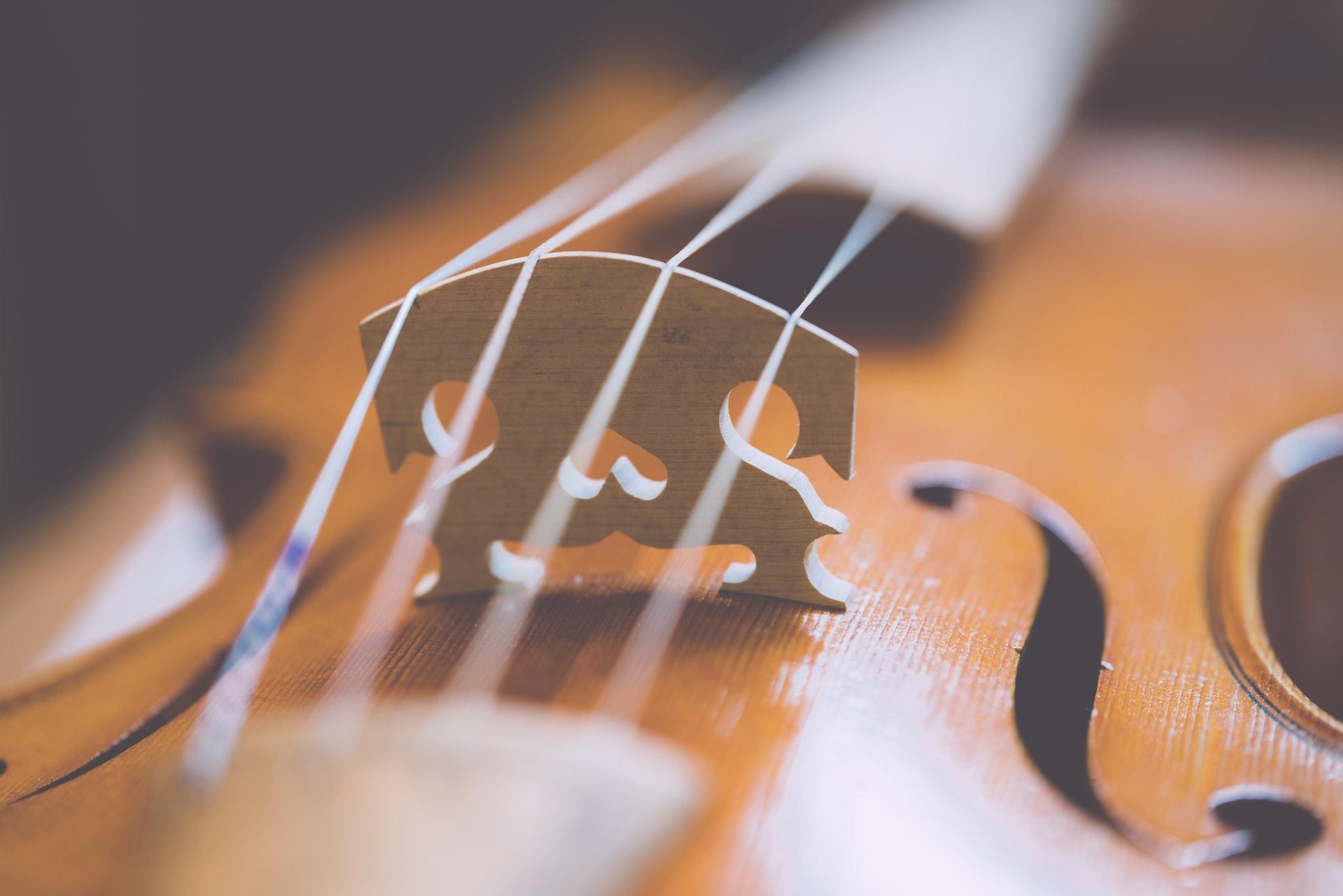
Only students who adequately prepare will achieve these grades so here are a few tips on how to get ready for the exam and what to do on the day of your assessment.
Rehearse
With music, practice makes perfect and you'll have pieces that you have to play. Regularly rehearsing how to play these pieces will ensure that they come naturally to you when it comes time to play them.
Similarly, knowing that you've played a given piece hundreds of times will make the whole thing less stressful. It's much easier to play with confidence if you know what you're playing than playing it for the first time.
You'll likely have to rehearse outside of your classes, too, and the students who do best on these assessments are the ones who rehearse as often as their teacher or tutor has told them to. Don't ever skip an opportunity to rehearse if you want the best grades.
Practise Scales, Arpeggios, and Technique
In addition to practising certain pieces, it can help greatly to practise scales, arpeggios, and your general technique.
There are plenty of practice exercises you can do to improve your overall technique, knowledge, and dexterity and the more comfortable you are around your violin, the easier everything will be when you have to play it in more stressful situations such as your assessments and examinations.
Again, if you're working with a teacher or tutor, you can ask them which exercises you should be doing outside of class, but you can find plenty of good violin exercises online, too.
Study What's On the Exam
You should know the assessment you'll be doing inside out. The syllabus will explain what you're expected to know and do so make sure you've read and studied it thoroughly.
You won't want to be surprised by what's on your exam at any point. Adequately studying the content of the exam will not only mean that you know what to expect, but that you can do the exam calmly and confidently.
Be Ready on the Day
Do everything you can to be as comfortable as possible on the day of your exam. Get a good night's sleep, don't eat or drink anything new that could upset your stomach, and arrive for your exam in a timely fashion.
You want to arrive with plenty of time to warm up feeling well-rested and confident that there isn't anything left for you to do to be ready for your exam.
Getting Extra Help
If you're preparing for your exam and you feel that your preparation isn't enough, you can always look for help.
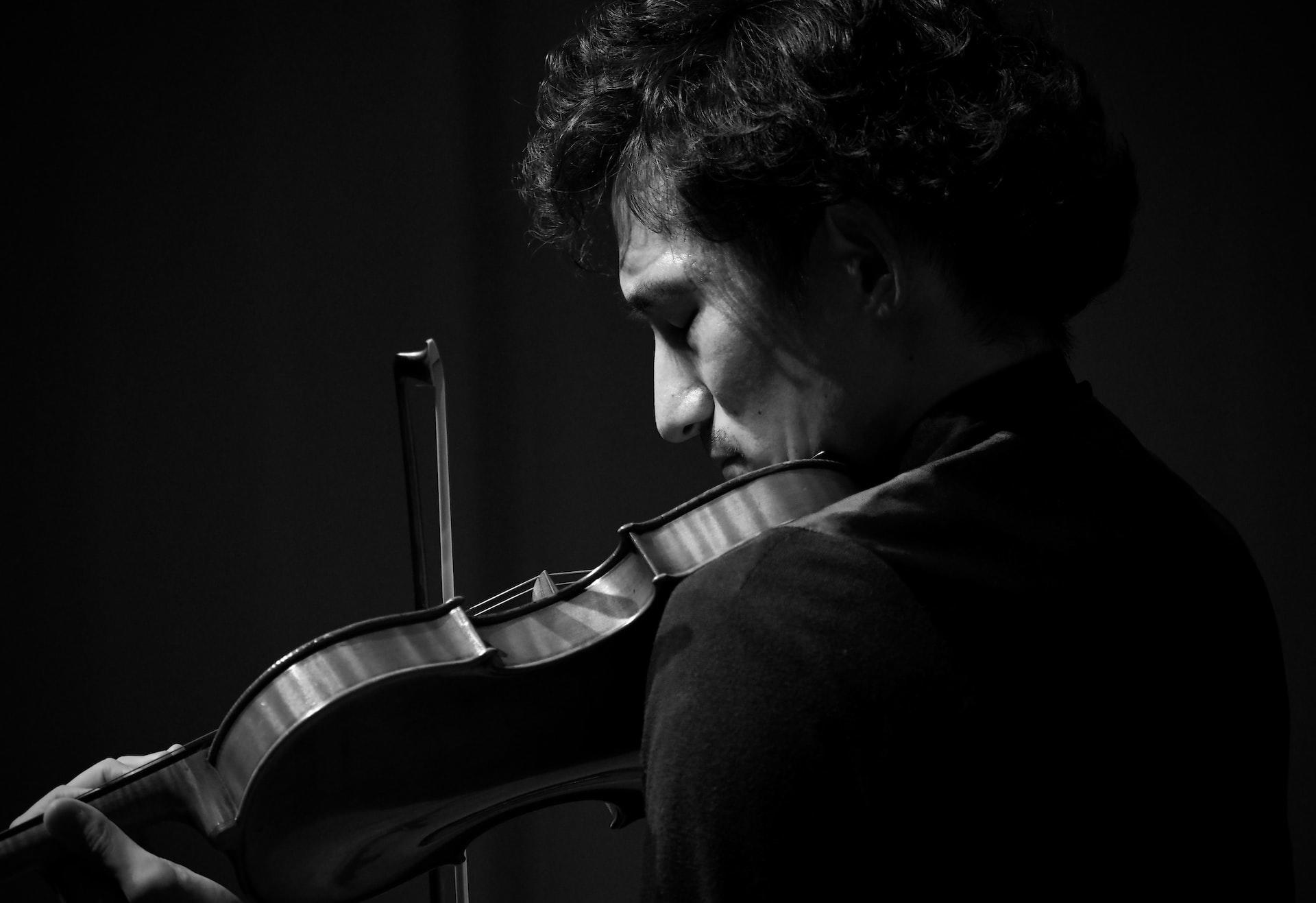
Fortunately, there are plenty of people who can help you get ready for your violin exams and ensure that you've done everything you need to before your exam.
From Your Peers
If you have friends that also play or have already done the violin grade that you're about to take, that's great. Ask them for advice or even exercises to improve your playing before you take your exam.
Just remember that if they did this particular grade a few years ago, the syllabus may have changed. Make sure you're working with the most up-to-date materials.
From Your Family
If you have any musicians in the family or somebody else who plays the violin, they can help you with your rehearsals, offer you feedback on your playing, or even just remind you when it's time to rehearse.
From Your Teacher
Your teacher should be your go-to resource for preparing for the exam. Your violin teacher should know what's on the exam, what you need to do, and the best ways to prepare. They can even point you in the right direction of resources to help you rehearse or practise.
From a Private Tutor
A private violin tutor can help you outside your regular classes or provide you with tailored tutoring on the violin. When there's something specific that you struggle with or a certain teaching approach that doesn't work for you, it can help to have a tutor there to teach you in a way that works well with your strengths and your weaknesses.
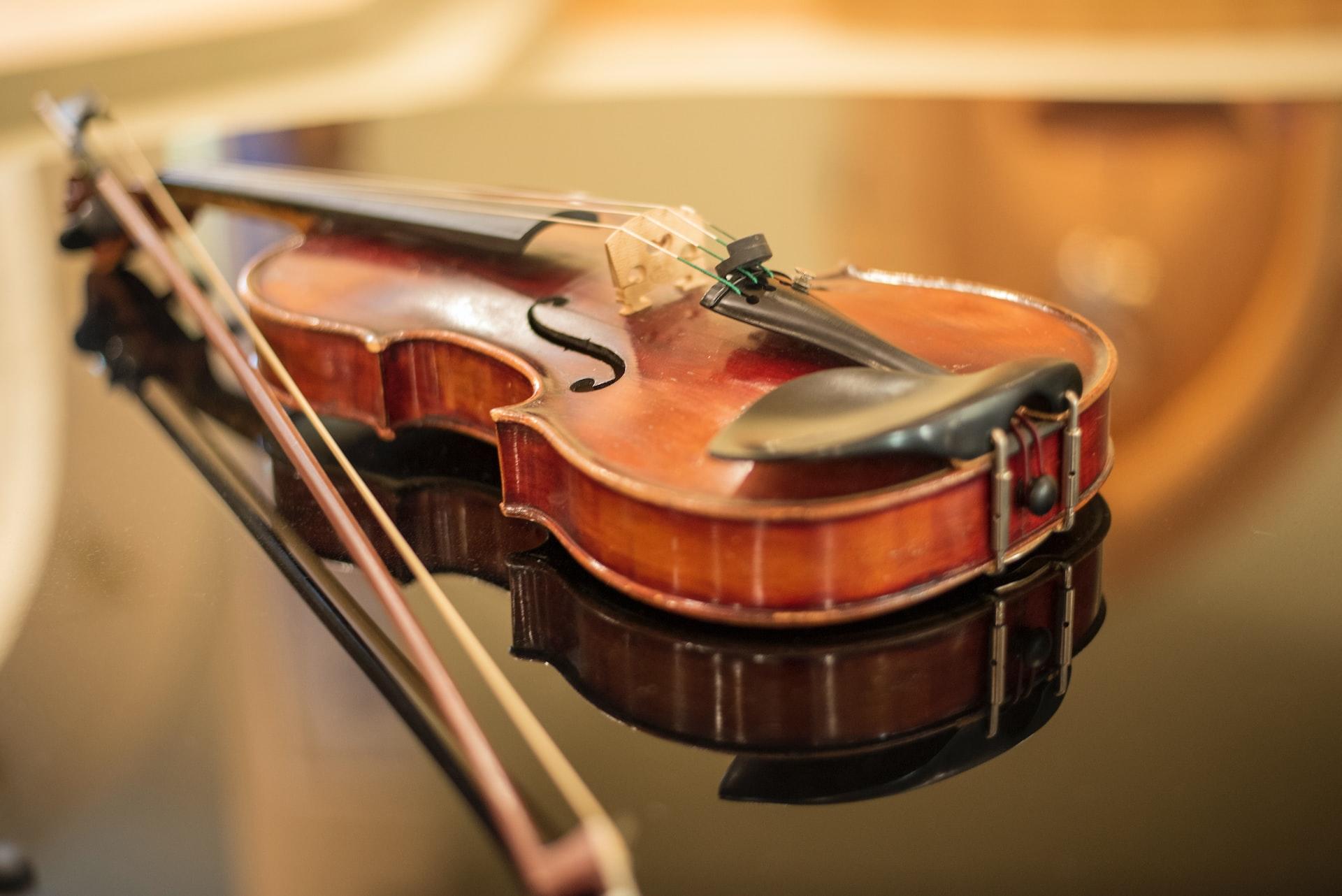
A private tutor may be your only violin teacher or they may offer additional support to improve your violin playing. You have plenty of options to choose from how they can help you and whether or not you get the extra help just when you're preparing for the exam. As you know, preparation is key and whether you're with your tutor for a matter of months or for years, you'll want to get fairly adept at preparing for your violin exams! If you've been playing for a while, they can also work out what grade you are and whether or not you need to skip a grade or two.
Either way, if you prepare adequately, do everything you need to do, use the right resources, get help from the right people, and throw yourself into rehearsing violin and your practice exercises, there's no reason you can't achieve an excellent result in your exams.

